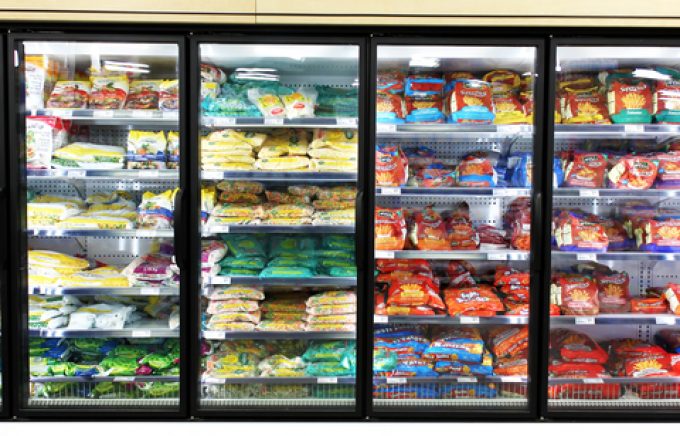AD Ports faces DP World in Luandan venture
The prospect of neighboring port operators from Dubai and Abu Dhabi locked in competition within ...

DP World’s ‘move to -15ºC’ is the “pretty cool” initiative that has piqued the interest of cold chain stakeholders and environmental lobbyists by its ability to save both money and emissions.
Its account director for reefer supply chain services, Dirk Hoffman, explained that ‘move to -15ºC’ tells the story of how ‘a big idea to make a small change’ can have a colossal impact.
He told The Loadstar Podcast: “The majority of our deep-frozen products are kept at -18ºC, but by moving this to -15ºC, we can save an incredible amount of emissions.”
Or 17.7m tonnes of carbon dioxide every year, to be precise – the equivalent of taking 3,800,000 cars off the road every year.
“If we can do that year on year, it will make a significant change in the world, the air that we breathe and, most certainly, on the greenhouse gases we contribute to, at least from a transport and storage perspective,” said Mr Hoffman.
Often, green transitions can prove costly and tough to get off the ground. This can make stakeholders hesitant when considering which changes are worthwhile. So, how realistic is ‘the move to -15ºC’?
“I think the beauty of the story really is that you don’t require any new innovation, and you don’t require any new investment. This is a mindset change. This is like dialling-down your air-con at home,” said Mr Hoffman.
VP for global decarbonisation and energy programmes at DP World Piotr Konopka added: “Perhaps what excites me the most about this is that it is so obvious.”
So, with no added cost and a huge reduction of energy use, the benefits of implementing this simple initiative seem too good to be true. Which begs the question: why has no one done this sooner?
“The legend is, when Birdseye was creating its cold storage facilities in the US in the 1930s, it set its facilities and then its operating protocols at 0ºF, which is the closest to -18ºC. So, for 100 years, we’ve been freezing down to -18ºC. And I would probably say at the time, without any science,” explained Mr Hoffman.
“We’ve actually wasted almost a century of unnecessary carbon around the world by keeping things at -18ºC,” he told The Loadstar.
Where food is concerned, the supply chain must be well regulated and seamless to ensure food safety and the preservation of perishables is achieved. However, Mr Hoffman explained that -12ºC is the “cut-off point”, and all forms of biological development that could lead to the spoilage of food stop at -12ºC.
“There is a reason to go lower than -12ºC, but -18ºC is a stretch too far. And so, the reason why we are saying that we should go for -15ºC is it’s the halfway point between -18ºC and -12ºC. That three degrees should still be sufficient insurance should something go wrong during transit or the storage of the product.”
Mr Hoffman and Mr Konopka explained that to get ‘the move to –15ºC’ set as a global standard, collaboration across the supply chain is key.
“There are so many people involved in the supply chain of frozen products from the farm to the fork. If you can imagine it as a big relay race, handing over the cargo from the manufacturing plant or from the farm. It will go into cold storage or into a production facility; it will be on a road vehicle; it will go on a ship; it will come to a port; into a warehouse; and, eventually, it will find its way into the retail sector.
“So, during that entire chain, everyone is maintaining -18ºC, and that’s where we need to make the change, across the entire chain. All the technology exists today. It’s a mind shift that we need to make,” said Mr Hoffman.
“It excites me that we need to do this together. No one owns this idea. No one is going to say ‘this is only up to us, and we have a monopoly on this initiative’. As a matter of fact, it can only work if we all work together,” concluded Mr Konopka.
The initiative adopted by DP World is based on findings carried out by the University of Birmingham, London South Bank University and the International Institute for Refrigeration. You can read more about it here.
Comment on this article